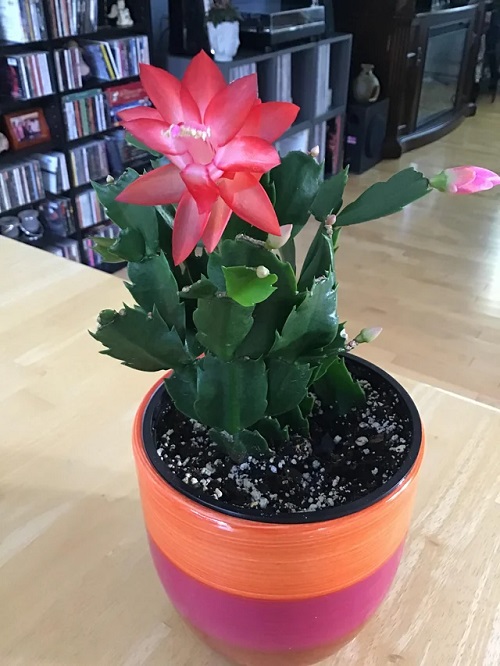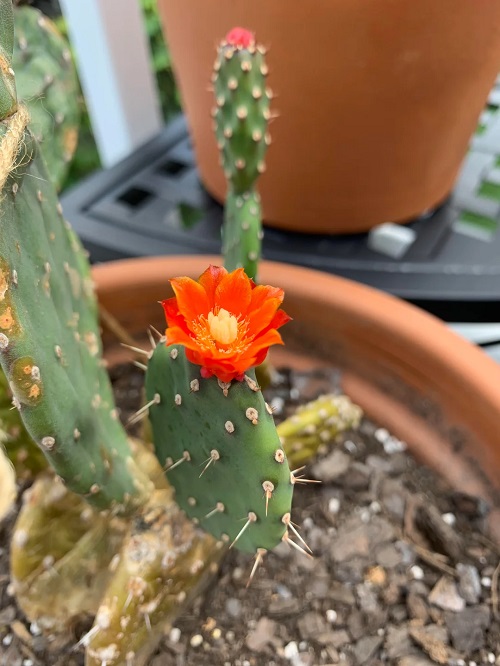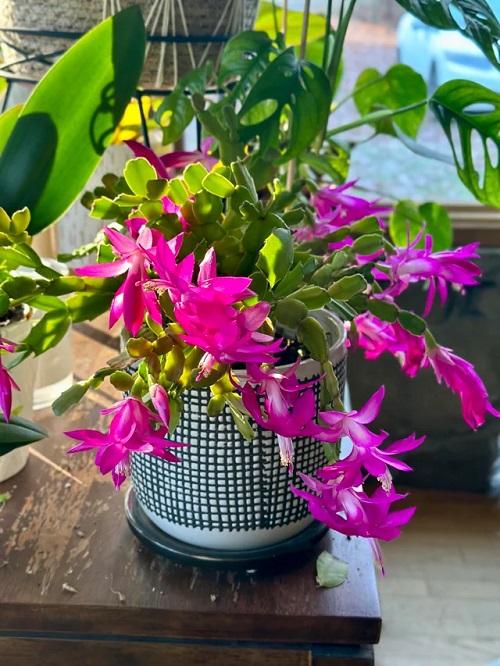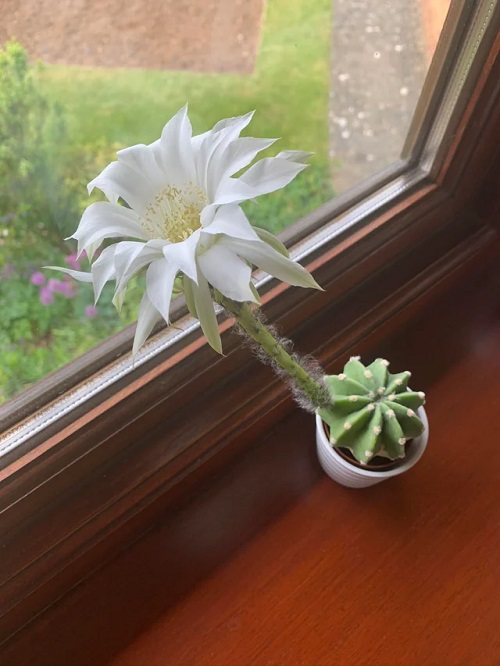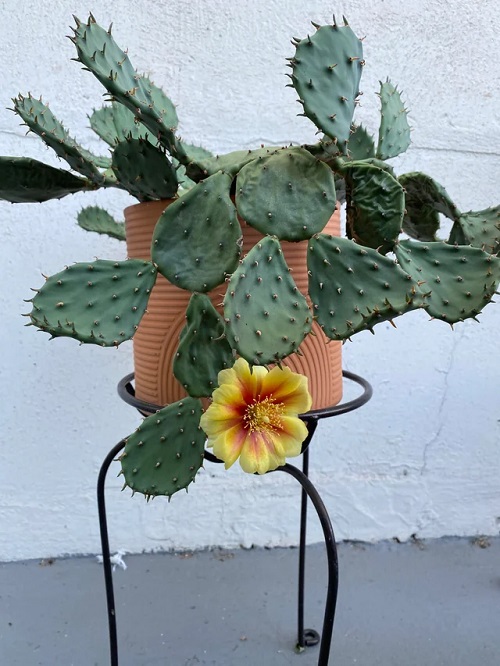Wondering how often a cactus blooms? Learn about their blooming habits and what you can do to help them flower more often.
Cacti are tough plants that thrive in hot, dry places. Once you know their blooming habits, you’ll see how these hardy plants can surprise you with beautiful flowers. So, let’s take a look into how often cacti bloom and what you can do to help!
How Often Do Cacti Bloom?
To know how often cacti bloom, it’s important to understand that each type has its own timing. Some cacti bloom in just a few years, while others can take decades! But once they are mature, most cacti can bloom every year if you give them the right care. Even though they’re known for being tough, they still need some attention to produce those stunning flowers.
Cacti are popular because they’re easy to care for, especially in hot climates. While they may look rugged, their flowers are some of the most colorful you’ll see, often in shades of red, orange, pink, and yellow. Depending on the cactus, these blooms can be big and bold, but they don’t always last long—so enjoy them while they’re there!
Factors That Affect Cactus Blooming
When trying to figure out how often cacti bloom, it’s crucial to consider several factors that influence their flowering. The first key factor is the type of cactus. For example, the Thanksgiving cactus blooms every year, while the Prickly Pear cactus can bloom several times in warm months. On the other hand, the Saguaro cactus might take years, even decades, to bloom for the first time—but after that, it blooms each year.
Another important factor is how well you take care of your cactus. Cacti bloom more regularly if they get enough sunlight, water, and proper care. Blooms happen when the cactus has the right light, warmth, and nutrients. If your cactus is indoors, it might not bloom if it doesn’t get enough sunlight or temperature changes like it would outdoors.
When Do Cacti Bloom?
If you’re asking when cacti bloom, it really depends on the type of cactus and where it’s growing. Some bloom in spring and summer, while others, like the Christmas cactus, bloom in the winter. How often a cactus blooms also depends on changes in temperature and day length. Cacti, especially in the wild, use these natural changes to know when to bloom.
Popular Flowering Cacti
If you’re looking for a cactus that blooms regularly and is easy to care for, consider the Christmas cactus or Easter Lily Cactus. Both bloom annually and produce beautiful flowers in various colors. The Christmas cactus is known for blooming in winter, while the Easter Lily cactus tends to bloom in the warmer months. For those interested in long-lasting blooms, Rebutia and Mammillaria are great choices, as their flowers can last up to a week.
On the other hand, if you’re curious how often does a lifesaver cactus blooms, the answer is it tends to flower in late summer to early fall, producing unique star-shaped flowers that resemble a candy lifesaver, hence the name.
Why Your Cactus Might Not Bloom
If your cactus isn’t blooming, there are a few common reasons. The most likely cause is not enough light. Cacti need bright, direct sunlight to flower. If they’re kept indoors with low light, they might survive, but they won’t bloom. Another problem could be too much or too little water. Overwatering can damage a cactus’s roots, and underwatering may prevent it from having the energy to bloom.
Many cacti also need cooler nighttime temperatures to bloom, especially desert cacti. For instance, the Thanksgiving cactus blooms once a year, usually in late fall or early winter, but if it doesn’t get cooler nights, it might not bloom.
How to Encourage Cactus Blooming
To help your cactus bloom, make sure it gets enough light. A south-facing window works great for most cacti. If natural light is limited, consider using grow lights. If you live in a hot area, putting your cactus outside in full sun during the warmer months can also help it bloom.
Temperature is another key factor. Cacti usually like warm days and cooler nights. You can try moving your cactus to a cooler room at night to mimic this environment. Watering is important too. Some cacti bloom better if they experience a dry period before flowering, which copies their natural desert life.
What to Do After Blooming
After your cactus blooms, it’s important to cut off the spent flowers and avoid overwatering the plant, as this can encourage rot. Plus, some species will produce seed pods after flowering, which you can collect if you want to propagate new plants.
With patience and care, you can enjoy cactus flowers year after year. Just remember that each cactus is different, so learning what your cactus needs will help it bloom more often.
Have you managed to make your cactus bloom? Feel free to share your experiences and tips in the comments below!

